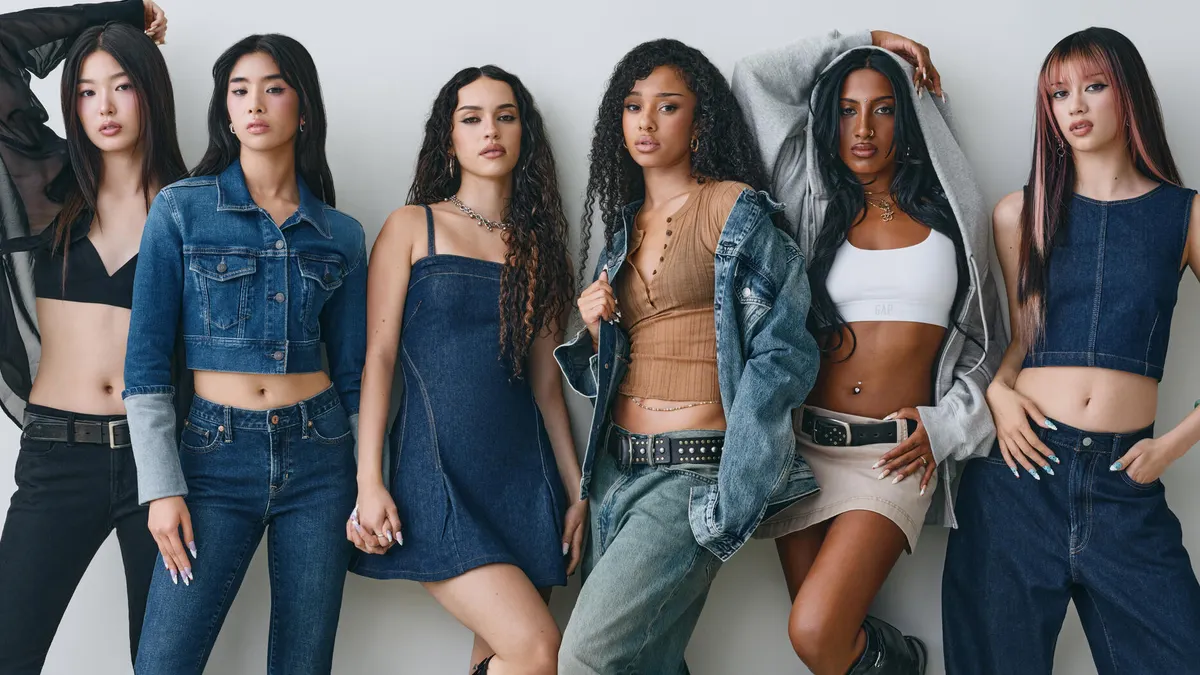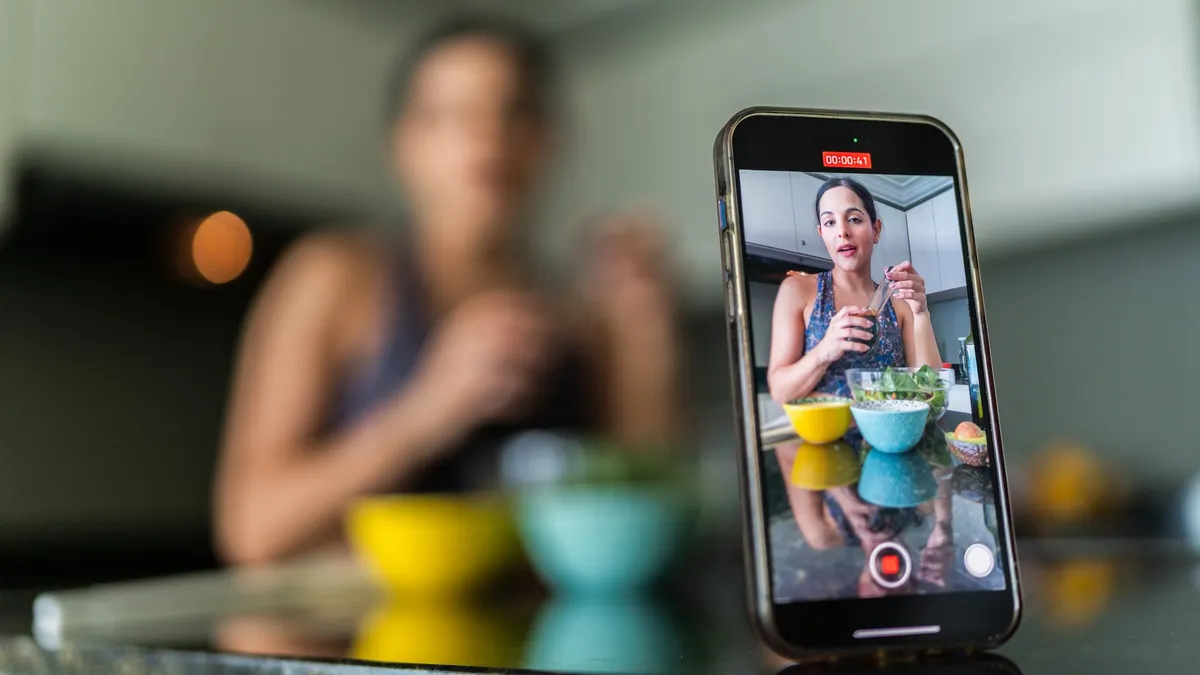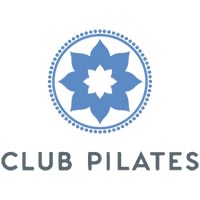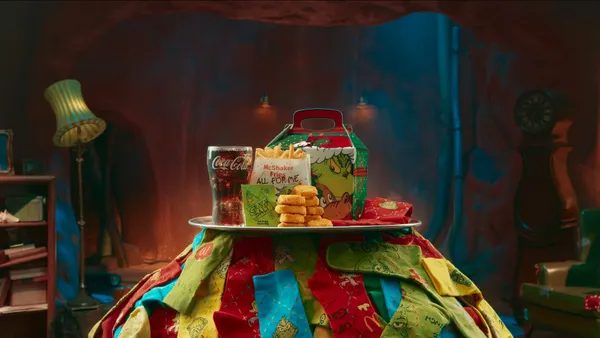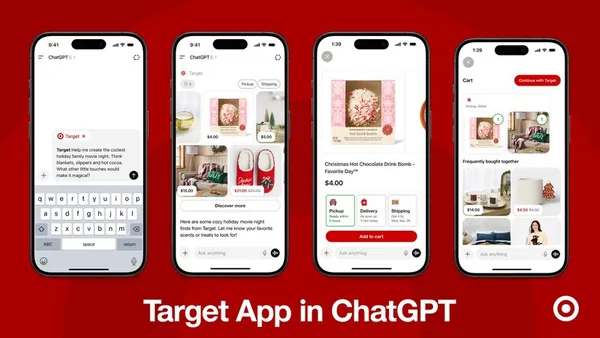Gap saw comparable sales, an important measure of retail health, rise 7% year over year to $951 million for the fiscal Q3 period ended Nov. 1, according to an earnings statement from parent Gap Inc. Momentum for the Gap brand was propelled by a viral ad campaign which achieved 8 billion media impressions and more than 500 million views across platforms.
The music-oriented “Better in Denim” effort, which sees girl group Katseye dance to Kelis’ 2003 song “Milkshake,” generated significant traffic and double-digit growth in the denim category. Gap is now the No. 6 adult denim brand in the U.S., up two spots from 2024. The earnings report marked Gap’s eighth consecutive quarter of positive comparable sales growth.
Executives described “Better in Denim” as one of Gap’s most successful campaigns to date and emblematic of a revamped marketing strategy that has won Gen Z over to an apparel maker that for years seemed in the wilderness in its bids to retain cultural relevance and find solid business footing.
“This campaign demonstrated the power of the playbook in action, featuring trend-right product, amplified by culturally relevant storytelling,” said Richard Dickson, CEO of Gap Inc., on a call discussing the Q3 results with investors. Dickson later reiterated prior comments that the Katseye collaboration was a “true cultural takeover” relying on a methodology Gap will continue to build on in the future.
“Better in Denim” did not appear out of the blue. Gap has run several seasonal marketing pushes that star on-the-rise musicians as they dance to established hits by different artists. Pop singer Troye Sivan led Gap’s fall-focused denim campaign in 2024, with elaborate choreography set to Thundercat’s “Funny Thing.” Gap earlier this month also debuted its 2025 holiday marketing campaign, centered on a cover of Miley Cyrus’ “The Climb” by Sienna Spiro. “Give Your Gift” extends Gap’s mission to connect different generations through “music, creativity and culture,” Dickson said of the seasonal blitz, and promotes products made with a proprietary CashSoft fabric as gift ideas.
Gap’s musical selections try to tap into trends on platforms like TikTok, reflecting a larger shift in the retailer’s approach to media. While more social-first marketing has been successful for Gap, it also requires higher quality and higher volumes of creative, according to Dickson. To link social content closer to transactions, Gap and sister brands Old Navy, Banana Republic and Athleta last month launched a creator affiliate and advocacy platform.
“We’re driving digital dialogue messages, with social media as the No. 1 platform for our consumers,” said Dickson. “Influencer content is among the most common product discovery methods amongst Gen Z and millennials, which we’ve been performing incredibly well with.”
Beyond appealing to younger cohorts, Gap is also attracting more high-income shoppers, bolstered by designer collaborations like its recent work with Sandy Liang. Gap joins other retailers that have deployed savvy marketing and culturally impactful partnerships to stave off some of the expected disruptions caused by tariffs and associated pullbacks in consumer discretionary spending.
American Eagle, a Gap rival, also went viral and scored new customers with a fall ad campaign themed around denim that featured actor Sydney Sweeney. Unlike Gap, American Eagle’s campaign garnered national attention for criticism that its messaging — which equated good genetics with good jeans — could be interpreted as problematic.



